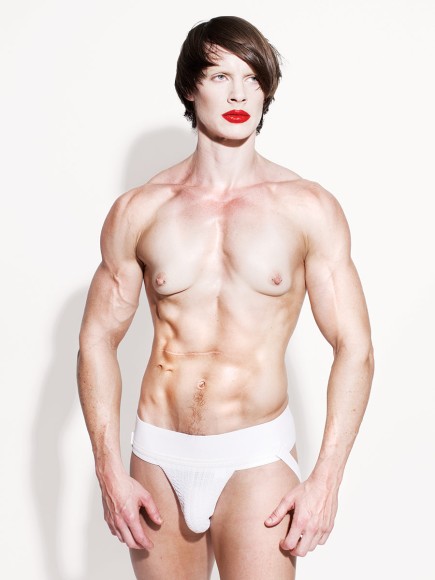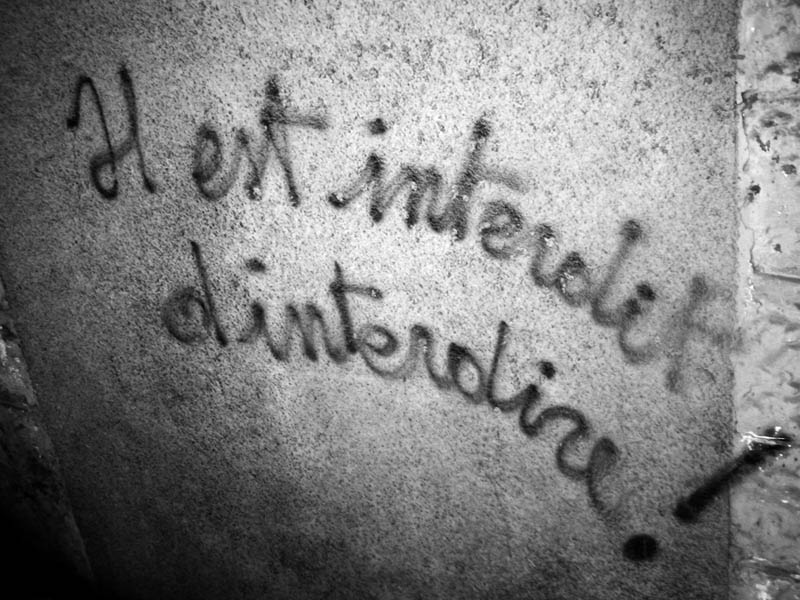 |
| The Wicked Queen and her magic mirror |
Critical theory is the hottest thing in academia and in education. As “critical race theory,” it has drawn fire in the US, condemned by Trump.
The name suggests it is about teaching critical thinking. It is not; although the name seems to have been chosen to encourage that misunderstanding. It is about being critical of all established culture and social structures. Why? Because they foster oppression. The underlying premise that all human interactions are power relationships, and so culture and social structures are inevitably designed to oppress.
This means there is no conceivable social structure that is not oppressive; for it is ruled out of court that this might be true of any existing structure. Either we must go back to the law of the jungle, or else the only issue is who gets to dominate whom. Which amounts to the same thing.
Put another way, the terminal point to critical theory is to justify any conceivable action by whomever is currently in power. It is the lifting of all restraints on the powerful.
The doctrine has now filtered down to the kindergarten level. One of my Korean grad students today brought in an article on teaching fairy tales in Korea; it is part of the prescribed Korean national curriculum for three- to five-year-olds. It is overtly based on critical theory. Last year, I was obliged to teach a critical theory interpretation of “The Boy Who Cried Wolf,” because it was part of the prescribed US curriculum.
Actual fairy tales are not taught, except for context. The premise is that they are already known by the children. Instead, the plan is to attack “stereotypes” and “concepts” in them “that have been taken for granted.” This is done by reading and teaching “parodies,” in which the premises of the original tale are inverted.
In the US case, the wolf turned out to be a vegetarian.
There seem to be several dubious ideas here. To begin with, a three-to-five-year-old takes precious little for granted. They have had little time to develop stereotypes about anything. If the original tales seem old and formulaic to the teacher, they will be much fresher to the students.
Secondly, by their nature, fairy tales are unlikely to produce stereotypes or encourage taking anything for granted. It is the essential premise of fairyland that it is where magic happens, and nothing can be assumed.
It also seems dubious that the children really do know the original fairy tale that well. They probably know the Disney version, not the classic version of the tale from Perrault or the Brothers Grimm. Even few adults have read the latter. Why not read them, rather than these parodies?
Given this, what are the stereotypes that critical theory finds oppressive?
One cited “parody,” “Tomboy Snow White and Stylish Prince,” addresses gender roles; which, apparently, the original story of Snow White reinforced.
Yet there is little interaction described in Grimms’ story between Snow White and the prince. Here is their entire history together:
And before long she opened her eyes, lifted up the lid of the coffin, sat up, and was once more alive.
“Oh, heavens, where am I?” she cried.
The King’s son, full of joy, said, “You are with me,” and told her what had happened, and said, “I love you more than everything in the world; come with me to my father’s palace, you shall be my wife.”
And Snow White was willing, and went with him, and their wedding was held with great show and splendour.
Is the problem that Snow White stays home and keeps house for the dwarfs? In the original story, she is seven years old. Should she be down the mines?
Snow White’s stepmother, the Wicked Queen, is shown in command of the realm—a husband, the King, is not mentioned. She commands the huntsman, and he must obey.
Usually, fairy tales have female protagonists. They are told from the female point of view.
The paper that my student brought in asserts that the problem is “stereotypes of wolves and stepmothers.” “Absolutism of the good and bad characters.” “A dichotomous way of thinking.”
Stereotypes of wolves and stepmothers? Using a talking animal as villain actually avoids stereotyping anyone. It is not prejudice against wolves to see them as carnivores. Nor is prejudice against dwarfs, giants, witches, or trolls a clear and present danger—these are, as they appear in the tales, imaginary literary creations to personify the character traits being condemned. Can you stereotype a stereotype? Is it prejudice against Cookie Monster to say he is a glutton?
Absolutism of good and bad characters? The original stories never present their hero or heroine as absolutely moral. Goldilocks is a fable warning against theft and trespassing. Red Riding Hood is a fable warning against dallying and talking to strangers. Cinderella stays too late at the ball and loses her shoe.
Conversely, characters that appear to be bad often turn out, in fairy tales, to be good or sympathetic: Beast, in Beauty and the Beast. The huntsman or the dwarfs, in Snow White. The giant’s wife, in Jack and the Beanstalk.
A dichotomous way of thinking? Making distinctions, as Aristotle showed, is the essence of thinking itself. A thing is either A or not-A.
Rather, there seems to be one particular dichotomy that is under attack: not the premise that any character can be absolutely good or all bad, but the idea of an absolute difference between good and bad.
This is, as Chesterton pointed out, the underlying theme of all fairy tales: the need to discern between right and wrong. It explains why critical theory has singled them out for attack:
Cinderella may have a dress woven on supernatural looms and blazing with unearthly brilliance; but she must be back when the clock strikes twelve. The king may invite fairies to the christening, but he must invite all the fairies or frightful results will follow. Bluebeard’s wife may open all doors but one. A promise is broken to a cat, and the whole world goes wrong. A promise is broken to a yellow dwarf, and the whole world goes wrong. A girl may be the bride of the God of Love himself if she never tries to see him; she sees him, and he vanishes away. A girl is given a box on condition she does not open it; she opens it, and all the evils of this world rush out at her.
Such moral constraints protect the weak from the strong; codes of chivalry, noblesse oblige. To the powerful, they are of course troublesome.
The subtitles of “parodies” cited in the Korean study tell the tale: “The Story of Cinderella as Told by the Wicked Stepmother.” “The Story of Snow White as Told by the Dwarfs.” “The Story of Red Riding Hood as Told by the Wolf.” “The Story of Jack and the Beanstalk as Told by the Giant.” “The Story of Goldilocks as Told by the Baby Bear.”
Accusing the tales of supporting the powers that be is perverse.
Where do these stories come from? All accounts, from earliest times, attest that they were collected originally from poor working class women.
They express, in other words, the voices of the voiceless: women, the illiterate, children, the poor, the weakest members of society.
This is why the protagonist is usually female. This is why the protagonist is usually a child. This is why in them, Kings and Queens are usually bad sorts—the one social class regularly criticized. See “The Princess and the Pea,” “The Emperor’s New Clothes,” “Puss in Boots,” “Hans the Hedgehog,” “Rumpelstiltskin.”
This is the voice critical theory wants to silence: the weak. This is who civilization and morality exists to protect.






















.jpg/800px-OCAD_Ontario_College_of_Art_and_Design_Toronto_CA_1979_(4026151268).jpg)










